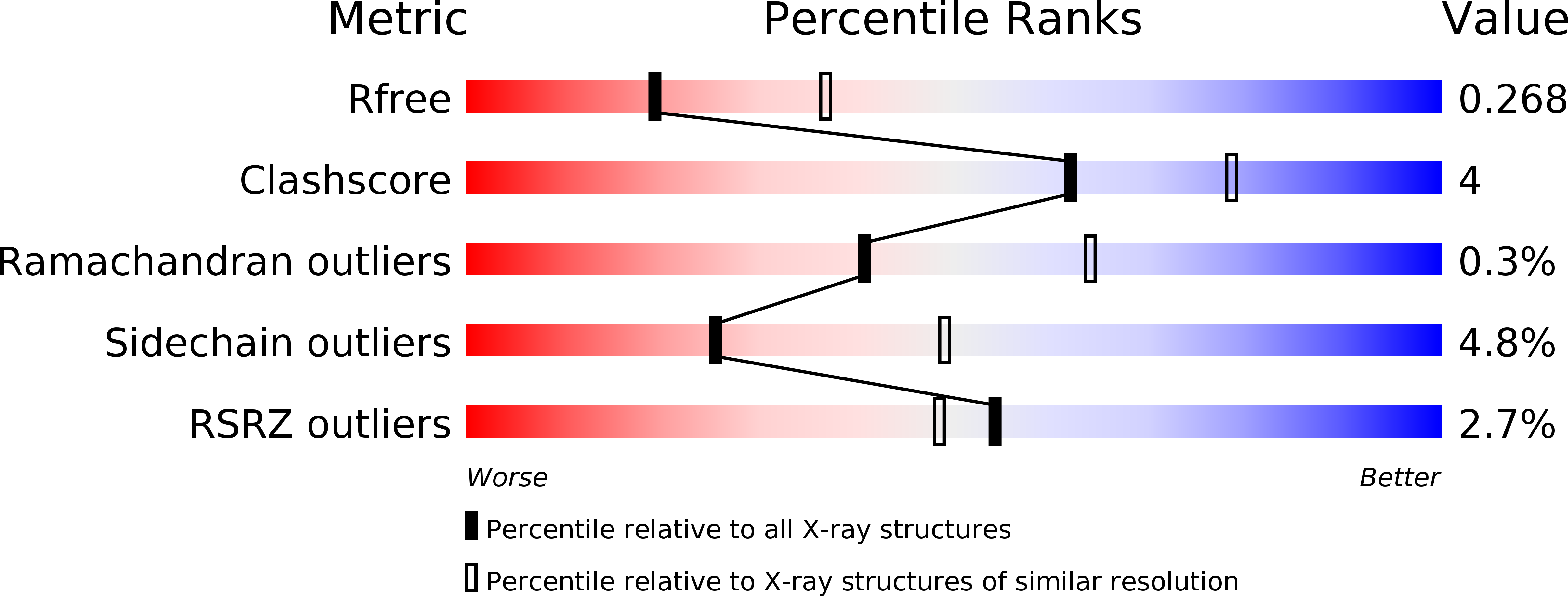
Deposition Date
2010-12-14
Release Date
2011-08-24
Last Version Date
2023-11-01
Entry Detail
Biological Source:
Source Organism:
Giardia intestinalis (Taxon ID: 184922)
Host Organism:
Method Details:
Experimental Method:
Resolution:
2.60 Å
R-Value Free:
0.27
R-Value Work:
0.21
R-Value Observed:
0.21
Space Group:
C 1 2 1


